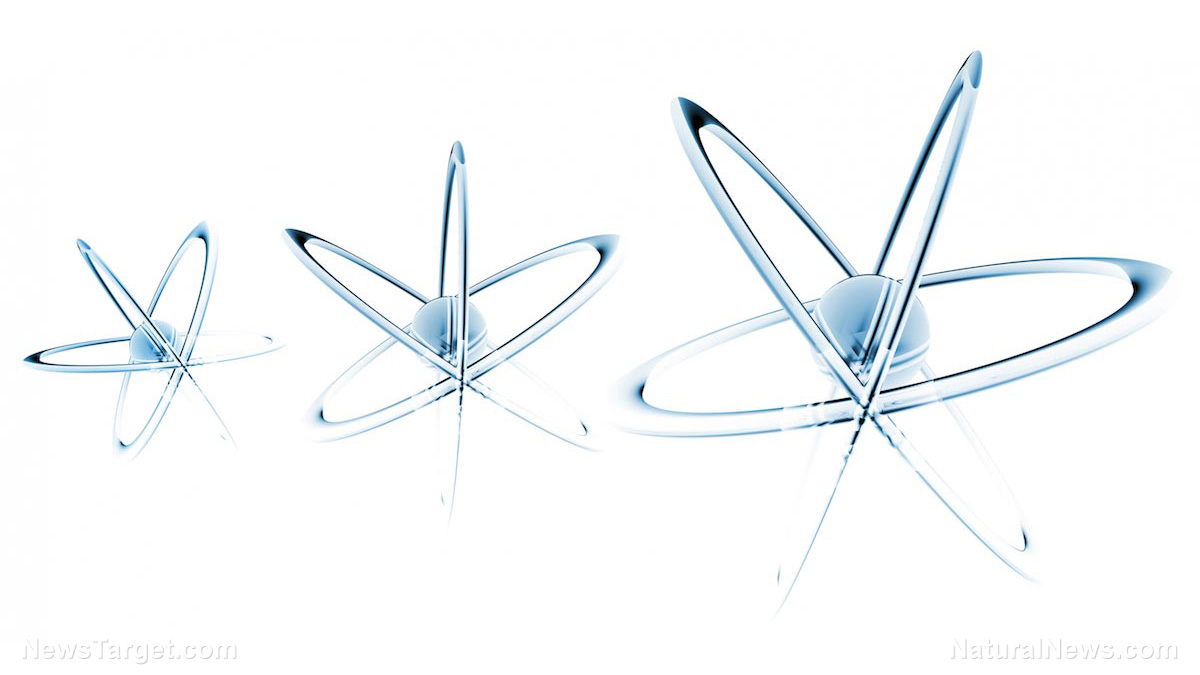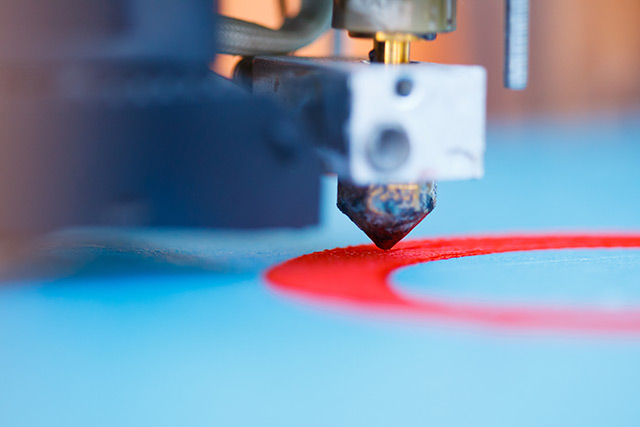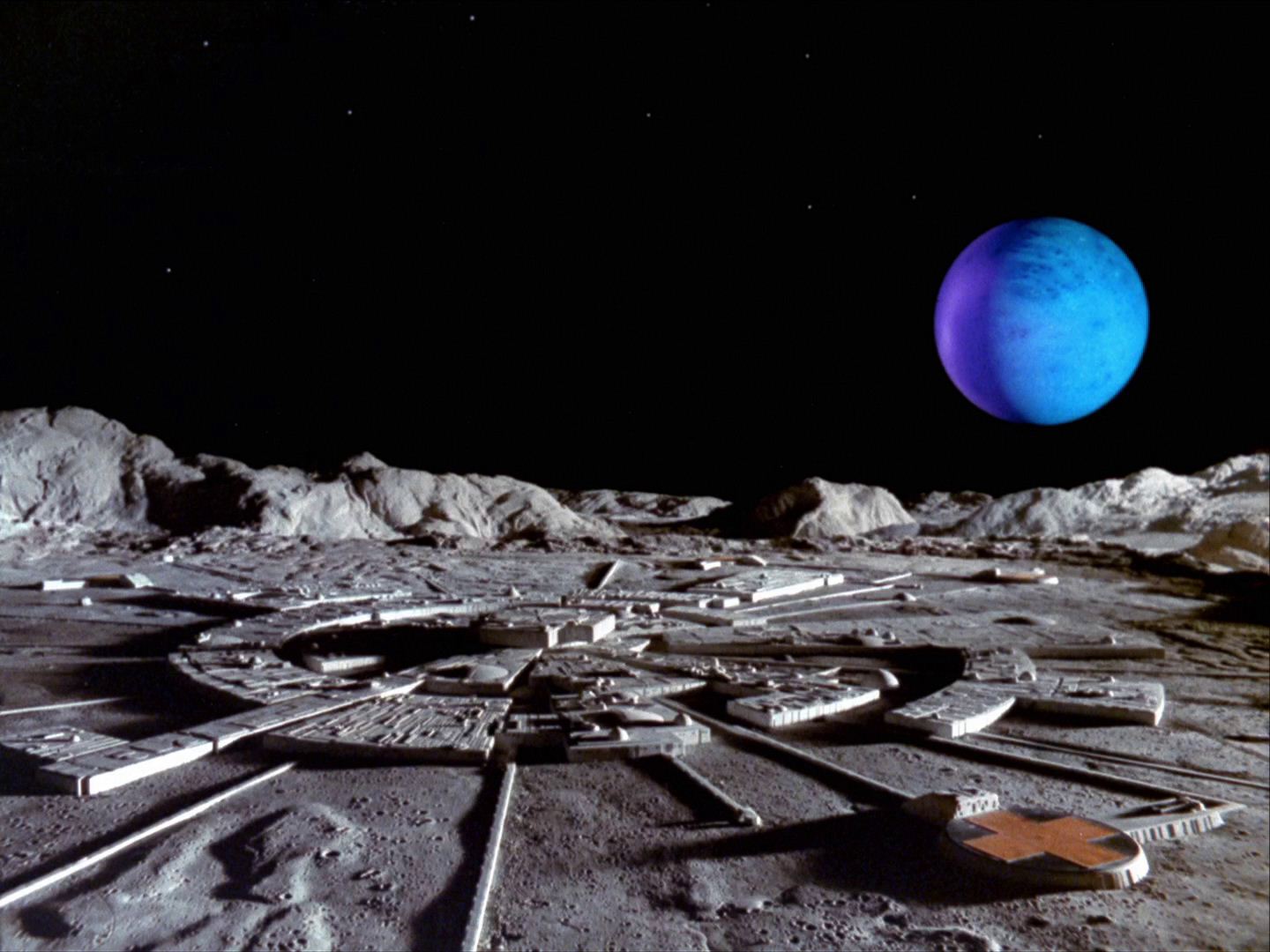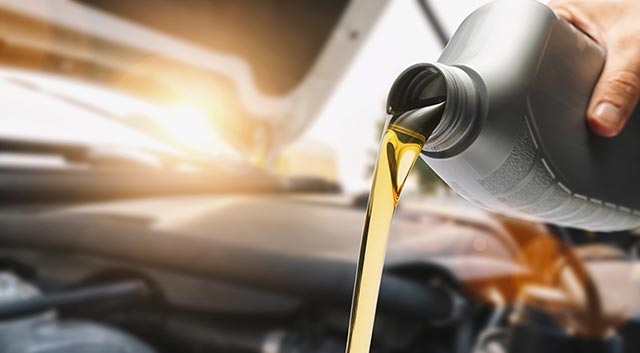Adding vanadium to lithium-ion batteries makes it possible to charge them “in a matter of minutes”
09/13/2019 / By Edsel Cook

Many investigators have looked for alternatives to lithium-ion batteries, with others seeking out ways to tweak the performance of the existing energy storage devices. A recent study by researchers at the Rensselaer Polytechnic Institute (RPI) in New York suggests using vanadium in the battery’s cathode. This will result in the cell charging much faster while still storing a considerable amount of electricity.
Consumer electronics, electric vehicles, and renewable energy power grids rely on batteries to provide energy or store excess electricity. They will benefit from a fast-charging, high-capacity lithium battery.
The details for the improved cathode were published in the journal Nature Communication.
A typical battery features two electrodes. The positive electrode that releases ions during discharge is the anode. Its opposite number that absorbs the ions is called the cathode.
Most lithium-ion batteries feature an anode made from graphite and a cathode built out of lithium cobalt dioxide. These materials enjoy excellent synergy, which contributes to the effectiveness and widespread use of lithium-based energy storage systems. (Related: New cathodes can lead to smaller, more powerful lithium batteries.)
Finding a way to increase the stability of vanadium disulfide
The RPI research team led by Nikhil Koratkar came up with a way to increase the speed of the charging cycle. Furthermore, their approach avoided a deal-breaking penalty on the energy storage capacity of the cell.
“The way to make batteries better is to improve the materials used for the electrodes,” explained Koratkar, the corresponding author of the study. “What we are trying to do is make lithium-ion technology even better in performance.”
In the experiment, Koratkar replaced cobalt oxide with vanadium disulfide. The new compound enjoys several benefits over the older material – a fact that drew his team’s interest.
For one thing, vanadium disulfide weighs less than cobalt oxide. The lighter weight allows it to store energy in denser amounts.
Another advantage is its excellent conductivity. A cathode made from vanadium disulfide will transport lithium ions faster, thus allowing it to charge more quickly.
Koratkar also brought up the biggest drawback to using vanadium disulfide — the material was unstable, so using it in a cathode would shorten the lifespan of the lithium-ion battery, especially after multiple charging cycles.
The RPI researchers found the reason for vanadium disulfide’s instability. Even better, they also came up with the means to increase the material’s stability.
Lithium-ion batteries with vanadium-based electrodes can charge faster while still storing plenty of energy
Their investigation showed that the passage of lithium ions between vanadium atoms warped the gaps. This so-called Peierls distortion destabilized the lattice that held the vanadium and sulfide molecules together. As a result, the vanadium disulfide flakes fell apart.
The RPI researchers decided to coat the vanadium disulfide with a material that resisted Peierls distortion. They applied nano-layers of titanium disulfide to the flakes, which increased the stability and performance of the cathode material.
Koratkar explained that titanium disulfide nano-coating kept the vanadium atoms and lithium ions from interacting. The coating served as mechanical support for the cathode material.
Thanks to the increased stability of the modified vanadium disulfide flakes, the electrodes displayed a high specific capacity. They stored a considerable amount of electric charge.
The small size and weight of vanadium and sulfur made it possible to provide both high capacity and high energy density. A lithium-ion battery with these cathodes matched the performance of a bigger, bulkier conventional cell, making them a good choice for small electronics.
Koratkar added that the vanadium disulfide was electrically conductive. Compared to cobalt oxide, a vanadium-based cathode maintained most of its energy capacity despite charging much faster, giving it the best of both worlds.
Sources include:
Tagged Under: batteries, battery technology, breakthrough, Chemistry, electricity, future science, goodtechnology, inventions, lithium batteries, lithium-ion battery, nanotechnology, new energy, new materials, technology breakthrough, vanadium
RECENT NEWS & ARTICLES
COPYRIGHT © 2017 CHEMISTRY NEWS


















